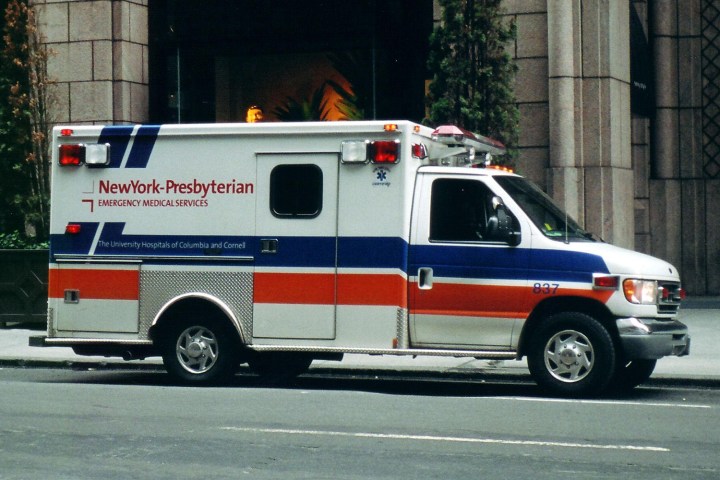
Sudden cardiac arrest is the leading natural cause of death in the United States, according to the Cleveland Clinic, and it takes just a few minutes to turn lethal if it goes untreated. Created by the European Heart Rhythm Association (EHRA), The First Responder App is intended to minimize the lag time between a victim’s cardiac arrest and when cardiopulmonary resuscitation (CPR) is initiated, by informing bystanders who can help.

To do so, the EHRA app is designed to be integrated into existing emergency systems and uses GPS tracking to locate trained rescuers who are able to quickly respond and administer aid. When emergency services are notified of a victim suffering cardiac arrest, the operator sends out first responders and also contacts trained rescuers through the app to direct them to the scene of the incident.
“We saw that initiatives like those were kicked off in other countries but none of those had a real model in terms of ‘real world functionality,’ as they all neglected data security, legal and insurance aspects.” Christian Elsner, CEO of the University Clinic Schleswig Holstein and EHRA spokesperson, told Digital Trends. “Secondly, we were very interested in the data for a scientific purpose.”
The First Responder App underwent trials with about 600 rescuers in Lubeck, Germany, where 36 percent of cardiac arrests were met by an app rescuer over three minutes before the professional first responders arrived. (Meanwhile, Sweden is testing first responder drones.)
“With every minute chances to survive rise by ten percent,” said Elsner. “Our ‘proof of concept’ [is that] three minutes earlier in 36 percent of the cases would translate into 5,000 to 10,000 people surviving more per year in Germany alone.”
The organizers of the projects are now taking their idea to emergency service agencies such as fire departments and hospitals around the country. The app is currently only available on the iOS Store but will also be available on Android by September.


